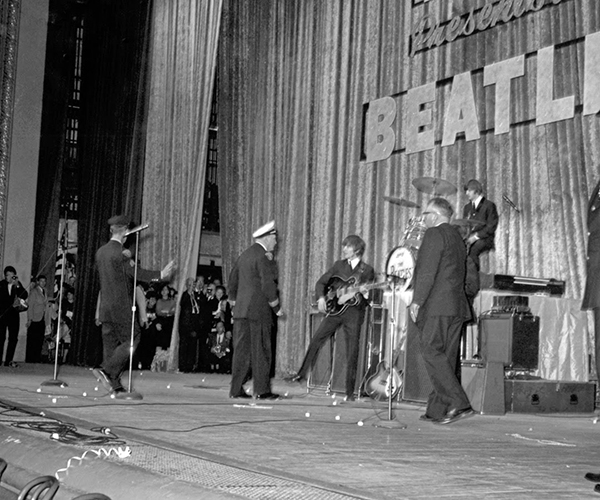The black chassis, the skeleton of the car, awaits its body. The unpainted brown hulk rests nearby on a wooden pallet. When assembled and restored, the 1930 Model A Ford coupe will be worth $45,000 to $50,000. The question is when it will be finished.
Members of the Northern Ohio Model A Club had hoped to complete the restoration in time for a special exhibition at Phe Western Reserve Historical Society's Crawford Auto-Aviation Museum scheduled`for September 2004. The display will spotlight the city's role in the development of early auto obile manufacturing in Russia. When Ford Motor Co. sold the Soviets plans in 1929 to make a Model A clone, Cleveland-based Austin Co. was chosen to design and manage construction of the Gorky Auto Plant in Nizhny Novgorod, Russia, which could produce 140,000 cars a year.
The Crawford had planned to use the restored Model A as an inaugural centerpiece for its proposed Frederick C. Crawford Museum of Transportation and Industry, originally slated for the Lake Erie shore. The museum hoped to send the car on tour to the Smithsonian Institution in Washington, D.C., and eventually trade it for one of its Russian-made counterparts. But that was before the museum hit tough financial times, putting plans for the ambitious new facility on ice indefinitely.
"That also means we are in a holding pattern," says NOMAC club member David J. Goodman, noting that 30 of yhe club's 75 members have donated parts and labor to the restoration effort, which has already topped more than $20,000.
But a further $18,000 is needed to complete the body and for upholstery and paint. Goodman fears that if the restoration isn't completed soon, rust and other problems could ultimately ruin the unprotected car.
This particular Model A is considered special for two reasons. The serial numbers on the frame and engine match -- an unusual occurrence in cars so old. Also, "there is a good possibility," according to Goodman, the car was manufactured at the Ford Motor Co. assembly plant once located at 11610 Euclid Ave.
It's extremely rare for an accredited institution to team with a local car club to tackle a museum-quality restoration of one of its own vehicles. But Crawford Auto-Aviation Collection manager Allan J. Unrein says the club's efforts, which began five years ago, are highly valued. He explains that some details of the restoration are very demanding and quirky. Parts of the black-painted chassis, for example, should be shiny enough to mirror a newspaper, but not so reflective as to be able to read the words.
For now, the partially assembled car is housed at WRHS's storage warehouse in Macedonia. Cardboard boxes stacked atop the car's unfinished hood hold parts, while a nearby coffee can contains small nuts and bolts.
"This is the story of a fractured dream," says Goodman. "What began with great enthusiasm has become a major disappointment to our members."
Members are doing what little they can at this point, but have vowed to work around the clock to finish the car in time for the September exhibit if funding is found. NOMAC president Ron Stebbins remains confident, even with thousands of dollars left to go. "We could make it happen," he says.
-- Jill Sell



